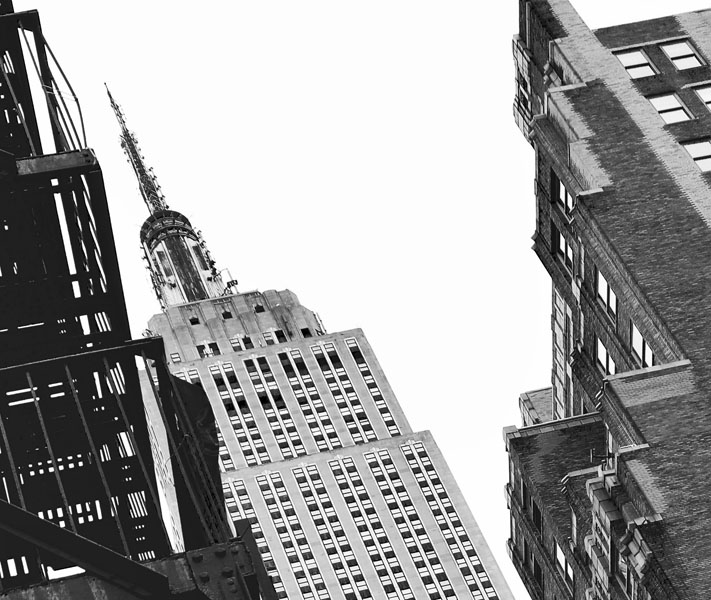I have worn myself out with mental travels this week. I’ve been researching dozens of photographs taken for a photo book about Manhattan. My eyes are out on stalks with research, my ears ringing with music I hoped would keep me going. As a result, I can give you reasonably accurate directions for how to get from midtown Manhattan in 2015 to the Dust Bowl in 1934.
First, I should tell you where to begin. I started on 42nd Street around Park Avenue. Grand Central Terminal to be specific. No, you can’t just jump on a train there and go west to Oklahoma. For that, you need to head downtown to Pennsylvania Station on 34th Street.
You see, I’m working on a new book from Art for Art’s Sake Press: 40 Ways of Looking at Manhattan. It’s a book of Timothy’s photos, entered in a competition run by the Royal Photographic Society a few years ago. I’m revising it with new captions describing the buildings he photographed. And while many were jolly obvious — the New York Public Library! the Chrysler Building! — plenty more were not. At all.
The photo at the top of this post is one example of the ‘where the heck was that?’ It’s a bas-relief frieze, wrapping around the Chanin Building, across 42nd Street from the Beaux Arts Grand Central. This fabulous, golden explosion of leaves dates from 1929.

A dozen blocks south from Grand Central, close to Penn Station, is the far more famous Empire State Building. It opened in 1931, and by then, the economy had collapsed. The Empire State is still considered Art Deco, but see how much more austere its lines are than the dazzling Chrysler Building, a near-neighbor to the Chanin Building. I turned up the volume on Gershwin’s “I Got Rhythm.”
As a child of the Big Apple, I knew the profile of the Empire State by heart. It nonetheless took me three hours of Google-Maps-ing up East 31st Street and down Madison Avenue to discover where Tim had found this unusual angle. The sturdy building on the right also dates from the 1920s. The unimportant building on the left, supporting the fire escape, was demolished the year after the photo was taken.
Turn left at 1933
Having now immersed myself in the 1930s, I turned to photographs taken along the High Line. This is Manhattan’s famous linear, elevated park created from an unloved freight rail line. Tracks led directly to factories and warehouses, allowing trains to load and unload everything from milk and meat to raw and manufactured goods right into the buildings without disturbing street traffic.
The first train — perhaps headed for the Nabisco bakery (now Chelsea Market) — rumbled by in 1933. Wherever the grain came from, it probably wasn’t Oklahoma. I abandoned Gershwin and turned to Woody Guthrie, troubadour of trouble.

By now, I’d found almost every location Timothy filmed. But a handful eluded me, even after three 8-hour days inching up and down Soho using Google Maps’ time-travel function.
This wooden door, almost certainly inserted in a 1890s cast-iron warehouse in the 1930s or early 1940s, has escaped detection. It’s not on Wooster, nor Greene. Not Broome or Prince, certainly not West Broadway.
Eventually, I just had to give up. And so, with the 1930s and Oklahoma on the brain, I let Woody Guthrie’s “Talking Dustbowl Blues” guide me.
“Man alive I’m tellin’ you, the fiddles and guitars really flew,
That Ford took off like a flyin’ squirrel, and it flew half-way ’round the world,
Scattered wives and chilluns all over the sides of that mountain.”
In other words, these few troublesome strays just got thrown off the back of my figurative Ford. They’ll just have to go in the book as “destination unknown.”

